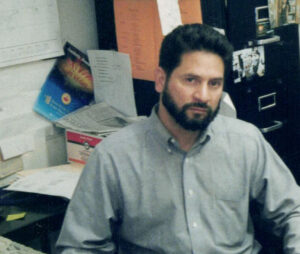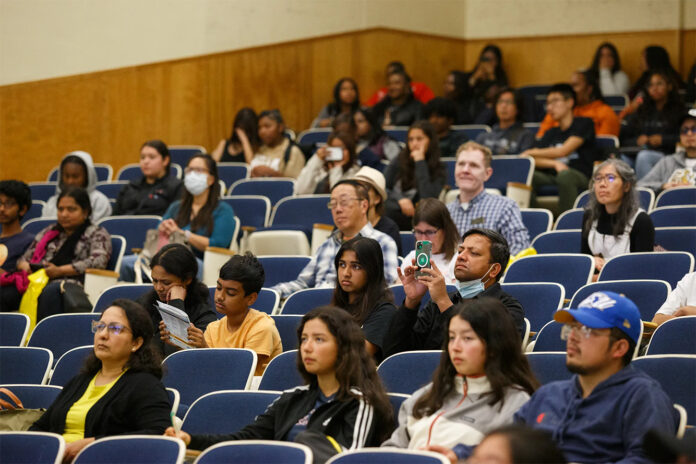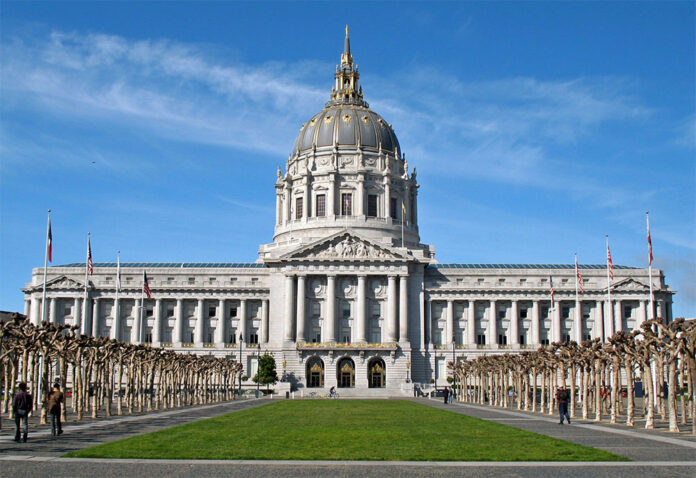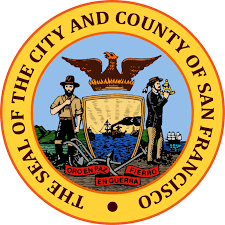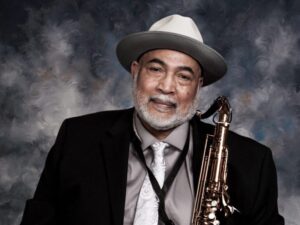NOTE TO THE EDITOR:
At press time this story changed when the Supreme Court recently intervened to prevent the complete shutdown of the U.S. Agency for International Development (USAID). In a 5-4 decision, the Court upheld an emergency order requiring the Trump administration to promptly release nearly $2 billion in previously halted funding to USAID contractors and grant recipients.
____________________
USAID’s promotion of DEI, gender ideology, and population control around the world, along with its efforts to undermine democracies in Europe and Latin America, have greatly damaged America’s standing in the world
by Steven Mosher
The closure of a corrupt government agency is always cause for celebration.
Not that it happens very often. As President Ronald Reagan once remarked, “The closest thing to eternal life on earth is a government program.”
In the case of the now-defunct U.S. Agency for International Development, its shuttering will save U.S. taxpayers some $54 billion a year.
But Trump’s closure of the rogue agency is about far more than reducing the size of government or balancing the budget. We are not even talking about simply ending waste, fraud, and abuse, although there were bucket loads of that going on.
Under its former director, Samantha Powers, the agency had been transformed into a slush fund for woke fever dreams. No project was too wacko to throw money at.
You want funding to convince Peruvian girls they were born into the wrong body, or to promote LGBT activism in Serbia? USAID had a check for you.
You need money to fund sex changes in Guatemala or to open a transgender surgery clinic in India? You had but to ask.
But as corrosive to the sensibilities of normal people – and to America’s image overseas – that this reckless promotion of DEI and gender ideology was, our overseas aid agency was engaged in far more nefarious schemes.
It turns about that many millions of dollars of aid to the Middle East made their way into the hands of Hamas and Hezbollah. From funding the college education of al-Qaeda terrorist Anwar al-Awlaki to sending $2 billion to Gaza over the past two years, our tax dollars have been used to underwrite terrorism.
An estimated 90 percent of our aid to Gaza ended up in the hands of Hamas post-October 7, 2023. Without the constant infusion of U.S. funds, it is doubtful that the terrorist organization would have survived.
Equally egregious is USAID’s undermining of democracy. As Marjorie Taylor Green just noted at a congressional hearing, “What we have learned is that USAID has been used by Democrats to brainwash the world with globalist propaganda to force regime changes around the world.”
Roughly half a billion dollars went into one organization alone. It was called the Organized Crime and Corruption Reporting Project, and billed as a global network of investigative journalists. But it had as much to do with promoting globalist narratives and undermining populist politicians as it did with exposing corruption, perhaps more.
If you want to know why populist Jair Bolsonaro is no longer president of Brazil, why the conservatives lost in Poland, or why the democratically elected president of Romania – another populist – has now been arrested, look no further than USAID’s massively funded propaganda campaigns against these and other anti-globalist politicians.
As in Xi Jinping’s China, where the Chinese dictator has been purging his political enemies under the guise of an “anti-corruption campaign,” USAID’s anti-corruption campaign was ultimately not about corruption at all.
Like Xi, who was, as the Chinese say, “hanging up a goat’s head, but selling dog meat,” the agency was motivated by a hidden and deeply corrupt purpose – undermining democracy in order to promote globalism.
Victor Orbán of Hungary, whose government has survived years of similar onslaughts, is now vowing to crack down on all of the foreign-funded NGOs operating in his country. He will find that his opposition was chiefly funded by our tax dollars, judging from the many trips to that country that Samantha Powers took over the past few years.
As ruinous as all this is for America’s standing in the world, there is even worse news. Many of the tens of billions of dollars that the agency was flushing down the toilet didn’t go overseas at all, but was spent in and around the Washington, D.C., swamp.
And almost all of this – well over 95 percent – went to Democrat-controlled groups.
How much of the incessant lawfare against Trump that began as soon as he announced his candidacy for president in 2015 was funded indirectly by our tax dollars?
How much of Kamala’s $2 billion campaign coffer came from our own pockets, laundered by USAID through well-connected NGOs and leftist politicians?
Despite the mounting evidence of corruption, there are still those who claim that USAID does much good and should be reformed, not shuttered. “Don’t throw the baby out with the bathwater,” one recent headline read.
The problem is that USAID was never primarily about feeding the hungry, giving drink to the thirsty or, for that matter, saving babies. In fact, from the very beginning it was designed to be an instrument of population control.
Its stated goal was “population stabilization.” To this end, it busied itself reducing the number of babies born, all in the name of fighting “overpopulation,” “eliminating poverty,” and, more recently, “saving the planet.”
This is spelled out clearly in Richard Nixon’s National Security Study Memorandum 200, which made it clear that foreign aid was to be used to bribe or bludgeon countries into reducing their birth rates.
Even today, USAID was – until a few weeks ago – promoting abortion in Malawi, doing abortion referrals in Uganda, and pressuring Sierra Leone to legalize abortion as a condition of receiving foreign aid.
Supporters of USAID argue that its programs create goodwill, but it’s hard to see how telling African women and men they would be better off sterilizing themselves and aborting their children accomplishes this end.
And how would Americans feel if China, say, were funding a program to vasectomize American men? Think about that for a second.
USAID’s promotion of DEI, gender ideology, and population control around the world, along with its efforts to undermine democracies in Europe and Latin America, have greatly damaged America’s standing in the world.
But the crime that calls for the complete destruction of the agency is that it was striking at the very roots of the republic itself.
Using the taxes paid by a free people to undermine their freedom is, by anyone’s definition, treason.
Steven W. Mosher is the President of the Population Research Institute and the author of The Devil and Communist China.




